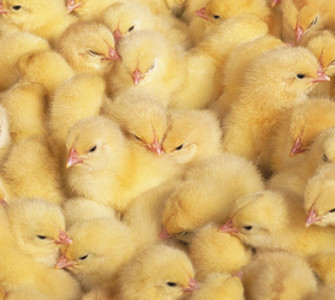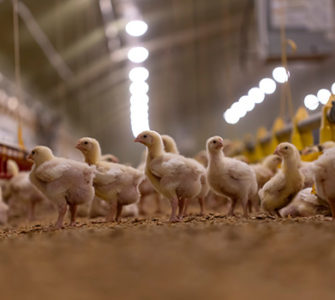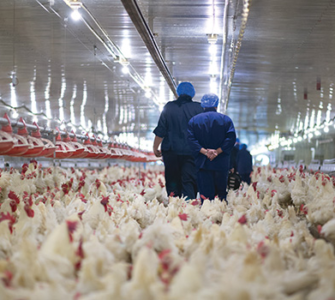Interaction of modified-live and recombinant vaccines shows potential against viral diseases
Adding a modified-live vaccine (MLV) to recombinant vaccine programs against three important viral pathogens in poultry production can have a positive impact on outcomes, according to field work by Sanderson Farms veterinarians.
The use of MLV and recombinant vaccination against Newcastle disease (ND) provided better protection than either used alone, explained Phil Stayer, DVM, who led the work.
Meanwhile, a recombinant infectious laryngotracheitis (ILT) vaccine buffered adverse reactions to the MLV, and performance was enhanced when using both vaccine types against infectious bursal disease (IBD).
Better performance, reduced downsides
The study evolved from simple field observations to a broader program of data collection. It was driven by regional need, with a focus on the West and Texas for ND, North Carolina for ILT and nationwide for the ubiquitous challenge of IBD.
Recombinant vaccines were administered to 18-day-old embryos, when MLV vaccines for ND and IBD were given at day-of-age, and for ILT at 14 days of age.
“We started our recombinant journey using just recombinants and thinking that they should be sufficient; they’re licensed to be sufficient by themselves,” Stayer told Poultry Health Today.
“In time, we think we found a gap in immunity, and it’s due to, I think, the onset of immunity with the host virus. It wasn’t just an overnight decision to use two vaccines for the same coverage, but where we found benefit then we explored it and found more benefit,” he said.
“When you have a more rapidly dividing virus in a field challenge, it seems an MLV helps fill in a void that the recombinant cannot cover.”
In the case of ND and IBD, adding MLV to recombinants was used to assess protection and performance parameters, but in the case of ILT, the focus was on adverse reactions, which are commonly seen when using chicken-embryo-origin MLVs against the disease. In the study, administering a recombinant beforehand saw mortalities reduced by 1%.
Useful additions to vaccination toolbox
With dual-insert recombinant vaccines now available, there are more potential tools for use in vaccine programs against the most prevalent viral poultry diseases than ever.
“There’s definitely still some more trials and experiences to have, but I’d say we’re encouraged, that we like the new technology,” Stayer said.
“We think there’s benefits to that, particularly prolonged immunity that you won’t get with a modified-live. I think the inserts are definitely here to stay, and the recombinants are going to help us out,” he added.
Posted on April 6, 2022
















